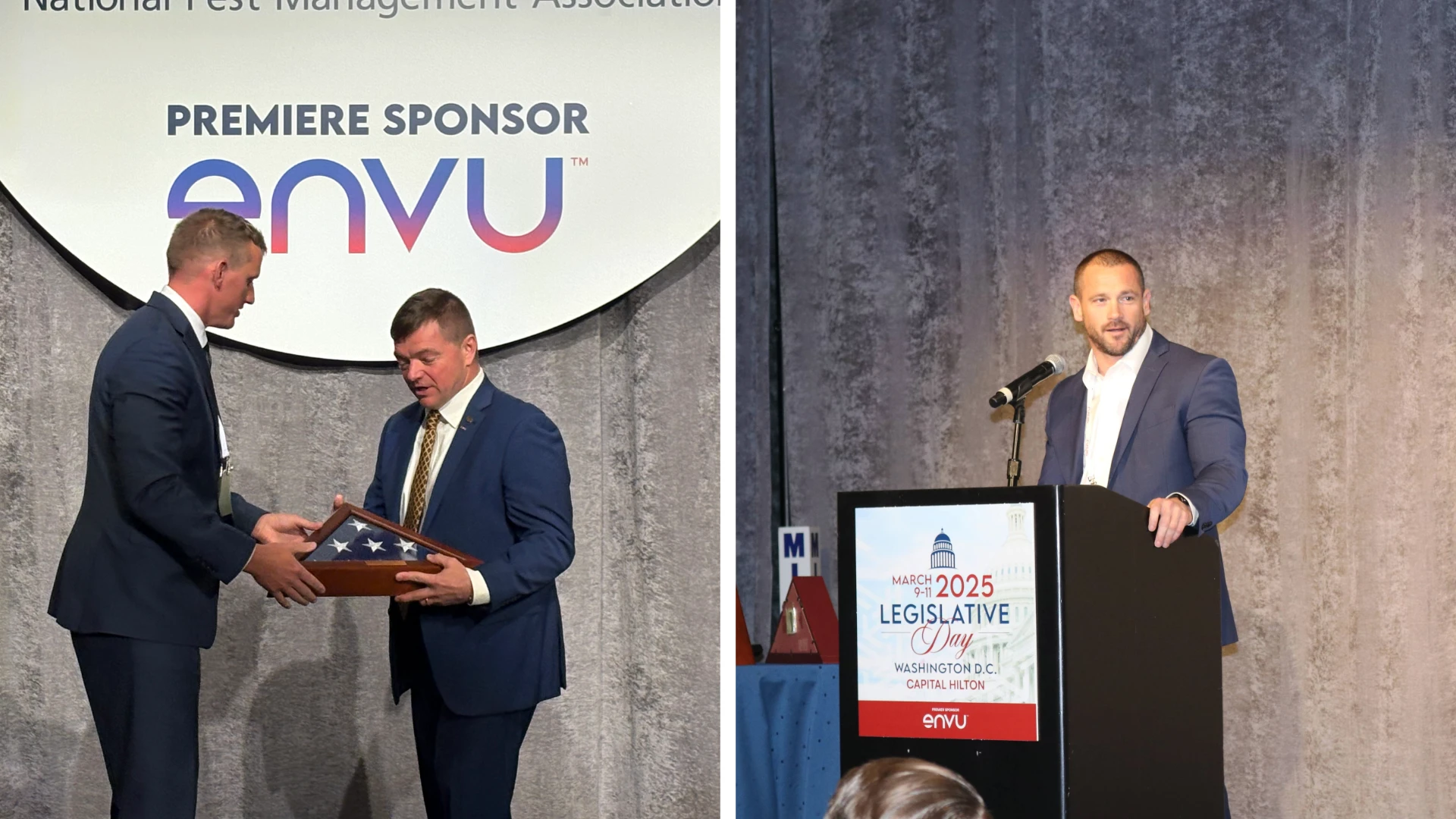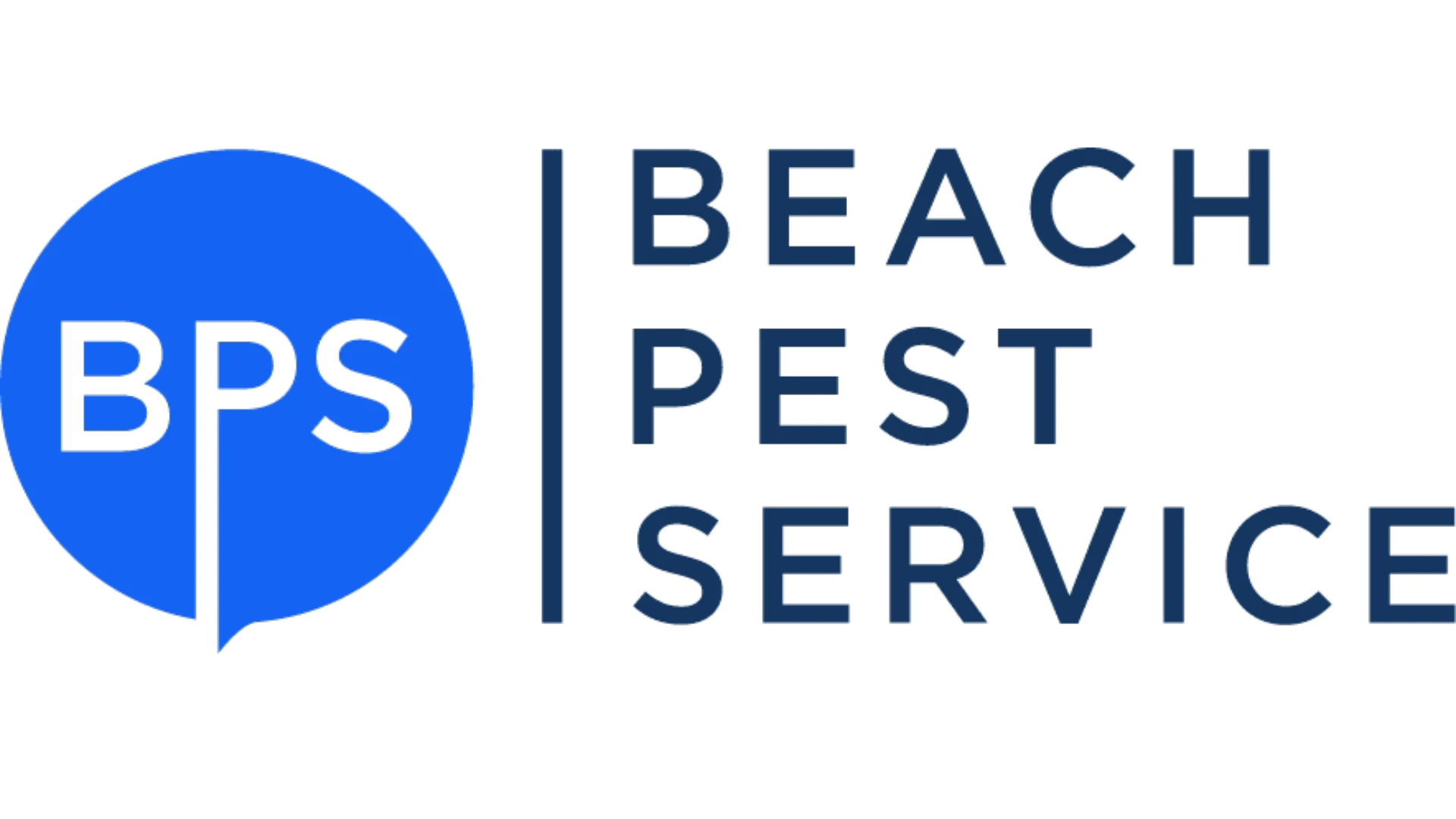As anyone in the industry can tell you, the No. 1 liability in pest management is wood-destroying insect inspections. Insurers estimate that more than 90 percent of WDI claims are due to wood-destroying insect inspections. Of all claims in the entire industry, more than 60 percent are due to WDI inspections.
The formula for success for a WDI inspection is pretty simple: Perform a thorough inspection and accurately report the findings. Don’t rush and, by all means, use the right tools for the job. Minimum tools for a good inspection are simple: a strong light, a probing and sounding tool, a moisture meter and safety equipment. One area of advancement in the past few years has been in the realm of tool technologies.
LIGHTS. Real estate agents joke about inspectors who show up for inspections using dim or inoperable $2 flashlights. While it is a matter of personal preference, strong lights — usually in excess of 15,000 candlepower — are best. Or, PCOs could opt for the 75,000 candlepower lights common today that will light up areas and construction characteristics not visible with dim “D” cell lights. Any lights used should be in good repair and fully charged or replacement batteries should be carried. Every inspector can tell stories of how their light saved them when nearly crawling into live electrical lines in puddles or worse…poisonous snakes or irritated wildlife.
PROBING AND SOUNDING TOOLS. This may seem like a contradiction. After all, the inspection in the vast majority of states clearly notes that the inspection is a visual inspection only, plus probing and sounding. Historically, the inspection was visual only, meaning that nothing was dismantled, destroyed, disassembled or in any way modified. The building is inspected as is. Probing and sounding were added a few years ago, since some states require this in regulations and lenders have come to expect more than what was perceived as a “look-see” inspection. So probing and sounding are not necessarily a contradiction of a visual inspection.
Probing and sounding tools traditionally were plain, slot-head screwdrivers. Today, however, probing and sounding technologies have advanced beyond the screwdriver. While screwdrivers are fine, the customer is impressed if inspectors use a tool designed for the job. Custom tools, such as the Probemaster (for more information, call Crest Termite 203/468-1444), can be used to achieve additional momentum when striking the wood, since the tool is longer and curved and allows probing and sounding of areas above the inspector’s head. If the inspector prefers screwdrivers, use long screwdrivers. Use of the proper probing and sounding tools boosts professionalism.
MOISTURE METERS. Even though most states do not require reporting conditions conducive to infestation or decay, some states continue to require this for real estate inspections. A moisture meter is a must not only for reporting conducive conditions, but to give an indication of the real condition of the structure. Modern moisture meters allow readings through brick, drywall and plaster without damaging the wall. These pad-type moisture meters are relatively expensive, but one discovery with this tool will pay for itself in terms of liability many times over. Even in states not requiring moisture readings, using this tool will give a much better indication of the conditions to the inspector so that they know where to focus on the inspection. For example, a critical area for termites is behind dirt-filled porches; high-moisture wood in these areas should indicate to the inspector that additional care is required in these areas.
SAFETY EQUIPMENT. Inspectors should use coveralls, thick leather gloves, work boots and high-quality knee pads. Bump caps and even a dust mask may be required in some areas. Even in basements, some crawling may be required, and good knee pads will save knees from injury.
ADDITIONAL OPTIONAL TOOLS. Certain tools allow inspectors to see beyond a visual inspection. These are not required or even common to all inspections, but allow the inspector to zoom in on specific areas.
Wall scopes, such as a borescope, have been used for years and have become more common. The scopes allow one to drill a small hole into a wall and insert a probe so conditions may be viewed either by looking through an eyepiece or by connecting to a monitor.
The past few years also have seen termite-detecting dogs become a commonplace tool. These dogs are specially trained and work well. Just about every metropolitan area now has at least one company advertising termite-detecting dogs as an option. Infrared detectors allow inspectors to see temperature gradients within a structure. X-ray tools allow a scan of walls of concern. Carbon dioxide detectors measure the gas inside walls and closed spaces indicating possible termite activity. Microwave and acoustical units can be used to find termite activity.
All of these optional tools have great value; however, companies must have a policy as to when to use these tools if they are not used on every inspection. For example, if the policy is to use these to “zoom in” on a problem, there will no questions asked as to why a dog is not used on every inspection.
BE SMART. Inspecting for wood-destroying insects can be the most technically challenging job in pest management. One must understand construction, laws, real estate, customer service, biology and safety. Using the proper tools will assure the best possible inspection, reduce chances of claims and will keep that all-important inspection business.
The author is vice president, technical services, National Pest Management Association.

Explore the February 2008 Issue
Check out more from this issue and find your next story to read.
Latest from Pest Control Technology
- Understanding Rodents and Bird Flu
- Green Pest Solutions Awards Safest Driver New 2025 Ford F150
- UF/IFAS Sheds Light on Tiny Invaders During Termite Awareness Week
- Registration Open for Lawn & Landscape Technology Conference
- Fleetio Launches Automotive Service Excellence Scholarship
- WorkWave Appoints John Phelan as CTO
- PMPs Use Capitol Hill Visits to Push for Preemption
- 20 Trapping Tips





